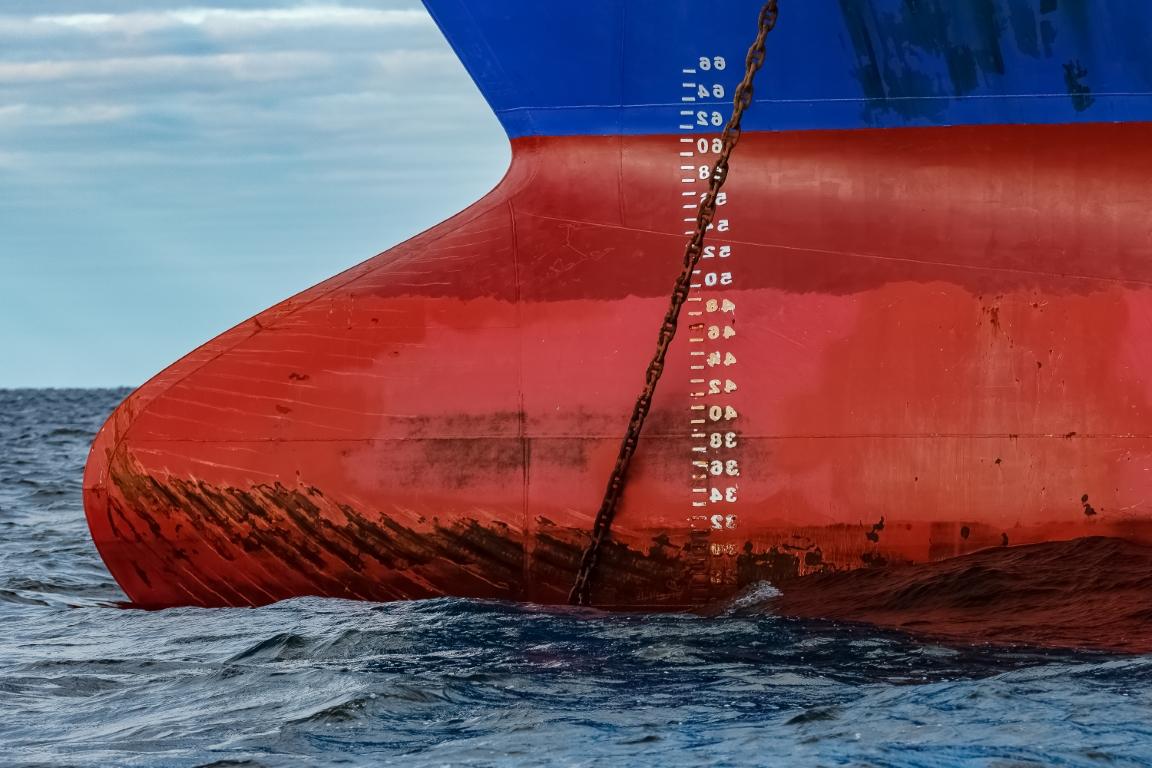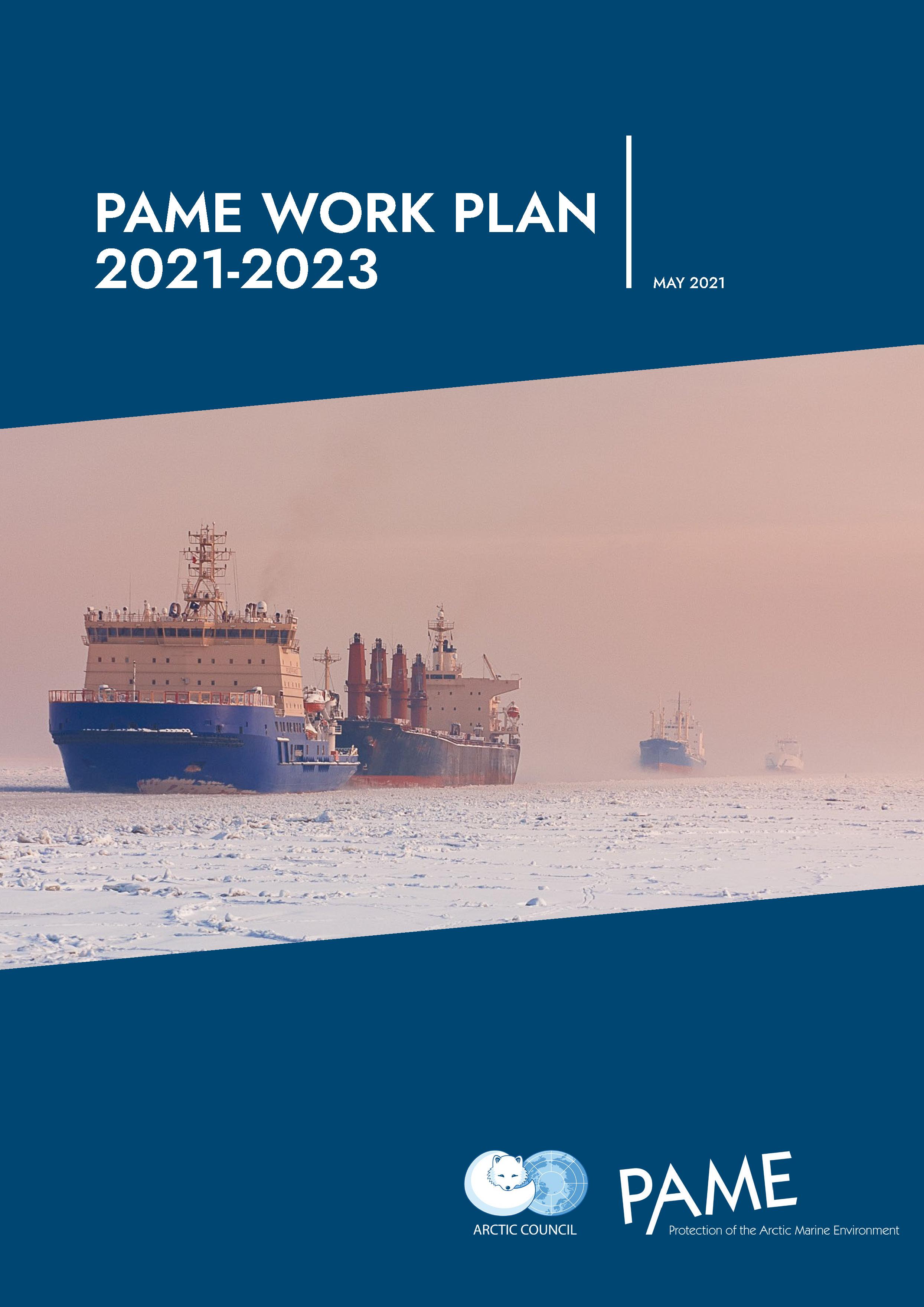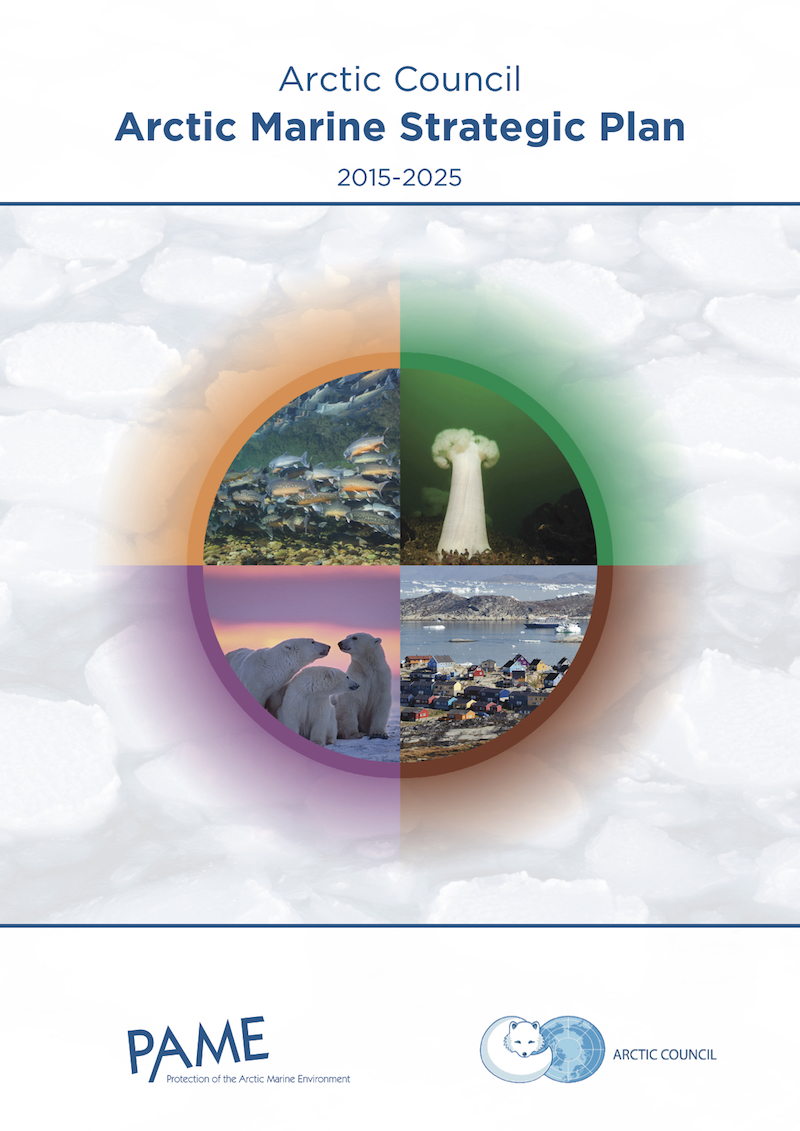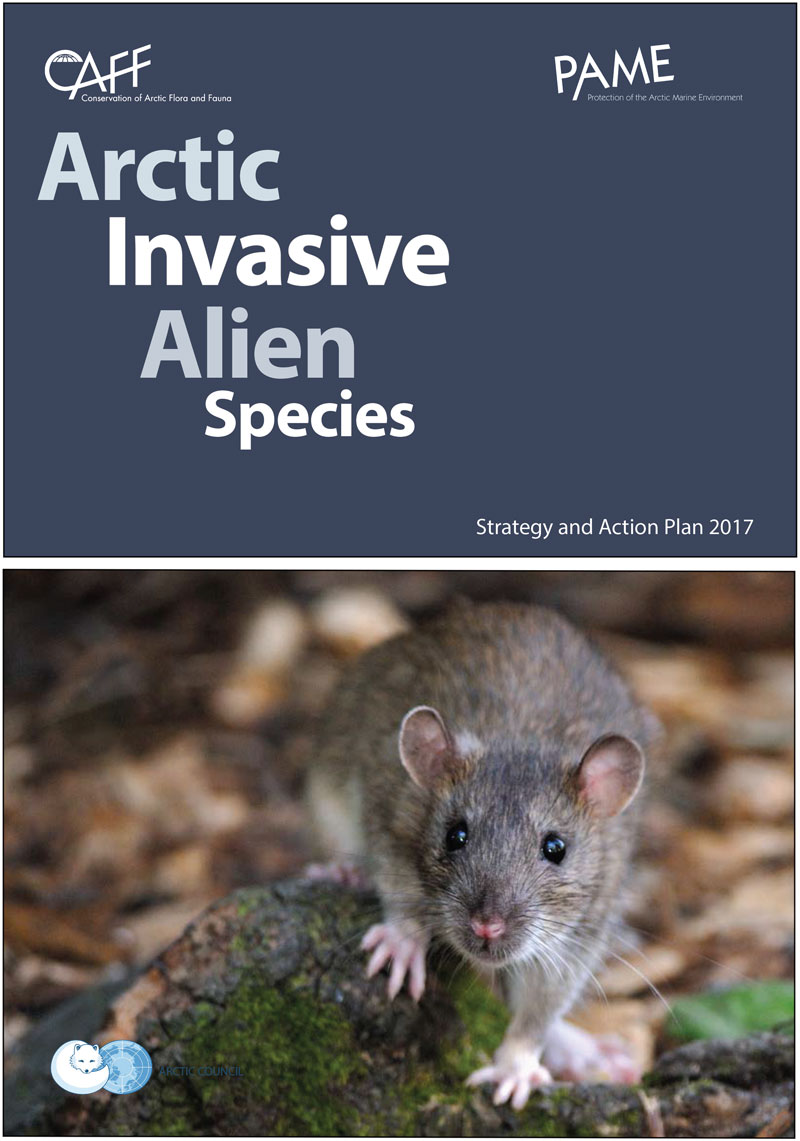 In 2017, PAME and CAFF produced the Arctic Invasive Alien Species (ARIAS) Strategy and Action Plan. It sets forth priority actions that the Arctic Council and its partners are encouraged to take to protect the Arctic region from a significant threat: the adverse impacts of invasive alien species. These priority actions span terrestrial, aquatic, and marine ecosystems. The actions take environmental, cultural, and economic perspectives into consideration, including drivers, impacts, and response measures.
In 2017, PAME and CAFF produced the Arctic Invasive Alien Species (ARIAS) Strategy and Action Plan. It sets forth priority actions that the Arctic Council and its partners are encouraged to take to protect the Arctic region from a significant threat: the adverse impacts of invasive alien species. These priority actions span terrestrial, aquatic, and marine ecosystems. The actions take environmental, cultural, and economic perspectives into consideration, including drivers, impacts, and response measures.
Shipping activities in the Arctic have increased (see ASSR) recently. Ships are the most prevalent vector in marine systems through organism entrainment in ballast water and biofouling (Molnar, Gamboa, Revenga, & Spalding, 2008; Williams et al., 2013). Studies of polar shipping operations have demonstrated that the external hull and ballast tanks of vessels operating in ice-covered waters can support a wide variety of non-native marine organisms (Ware et al. 2014 and 2016, Chan et al. 2015).
Ongoing project on Marine Invasive Alien Species in Arctic Waters
The primary objective of the ongoing project is to improve the knowledge base for work in CAFF and PAME on specific actions in the Arctic Invasive Alien Species Strategy and Action plan (ARIAS) that focus on the unwanted potential transfer of marine invasive alien species by ships via ballast water (BW) and biofouling (BF) into and within Arctic waters. The project will build upon data from existing databases and published information.
The project is suggested to form the basis for an extension of this project (Phase 2) where the results from the project go into preparing programs for monitoring, detection and recording of nonindigenous species and invasive alien species in Arctic waters.
This project will:
- Establish a project group focusing on Arctic marine non-indigenous species
- Assemble a list of nonindigenous species and their current distributions in Arctic waters
- Produce a review report on methods and tools used for risk assessment of invasive species in Arctic waters
- Make an sssessment of the probability of the listed nonindigenous species to be transferred by ships
- Produce a risk assessment of non-indigenous species to be invasive alien species in the Arctic now and in near future (climate scenarios year 2100)






